University & College History Trip To Ypres & The Somme
Our 3-day College History trip to the Ypres Salient & Somme Battlefields will help your university or college History course students understand the sacrifices of WWI from every angle. We specialise in building extensive tours for your students and you.
Highlights
The moving Last Post Ceremony at Menin Gate
Interactive In Flanders Fields Museum
The imposing Thiepval Memorial
Enormous Lochnagar Crater
New College NottinghamA great travel company with knowledgeable staff, great value for money and honesty with you right from the start
What's included*
*Please note, entrance fees where applicable are not included in typical price – contact us for more details
Recommended excursions
The area surrounding the river Somme saw some of the harshest fighting during WWI and has numerous memorials dedicated to those who lost their lives including the trenches at Beaumont Hamel, the Memorial to the Missing at Thiepval, the Lochnagar Crater and museums at Albert and Peronne.
The network of tunnels under this town was used as shelter in World War I and II and is now home to the 1916 Museum. Descend into the tunnels where dioramas and photographs depict life for soldiers in the trenches. Many relics such as uniforms, weaponry and personal souvenirs are on display, and groups can have the opportunity to handle these by pre-arrangement.
The names of 73,357 British and South African Men are inscribed here at Thiepval, the largest war memorial in the world. Having fallen on the Somme between July 1916 and March 1918, the soldiers have no known graves. Extensive wartime tunnelling beneath this structure on the Western Front has meant that 6m thick foundations were required. There is also an informative visitor centre.
Dominated by the statue of Mother Canada, the National Vimy Commemorative Park honours the Canadian soldiers who lost their lives during WWI. The pitted landscape recalls the shower of shells that rained down on Vimy Ridge a hundred years ago. In the visitor centre, the exhibition plunges visitors into daily life during the Great War in the company of those who lived through it, through personal items, written accounts, military letters and sound immersions.
Essex Farm was the site of an Advanced Dressing Station (ADS) and the land was appropriated as burial ground from October 1914 (First Battle of Ypres). Because of the nature of the medical outpost, very few burials are unidentified, although the cemetery layout tells of the unpredictable wave of life and death at the ADS. Original bunkers and shelters remain. Photo © R/DV/RS.
This outstanding museum aims to preserve our connection with World War I through character-led experience and the story of the land. Exhibitions blend interactive installations with relics allowing students to explore history on a peer-related level. A permanent exhibit traces the invasion of Belgium with educational programmes to delve deeper into the war past.
The slopes of Hill 62 were part of the front line in 1915. The museum at Sanctuary Wood is one of few sites on the Ypres Salient battlefields where an original trench layout can be seen, relatively unchanged since the war. Most farmers returning to their plots would plough over the scarred land, but here sections of the system were left intact. Photo © Amanda Slater.
This British trench wasn’t discovered until 1992 by a group of archaeologists who went on to excavate tunnelled dugouts and soldier remains. One of the few sites with original trenches on the Ypres Salient, the location exhibits very narrow networks with recreated fire steps and loopholes. Students can get a real sense of the space the soldiers occupied.
This is a Somme battlefield memorial to the men of the 36th Division who suffered horrendous losses on the first of July 1916. The Ulster Tower is a replica of St Helen’s Tower, which sits in the grounds of the Clandeboye Estate in Northern Ireland where much of the division trained. Photo © Eoghan Olionnain.
This small village lies on the top of the ridge that formed the centre of the British sector of the Somme battlefield. It’s elevated locale made it strategically critical to both the allies and Germans and it was completely destroyed in the Battle Of Pozières (1916). The village was rebuilt with a number of significant war memorials in commemoration. Photo © Through These Lines.
This is the largest Commonwealth cemetery in the world with around 11,954 soldiers resting here. The British Army captured the ridge where it is set in 1917, with a German blockhouse turned into an Advanced Dressing Station thus necessitating the burial ground. Fact: There are 8,367 unidentified graves at Tyne Cot, the headstones inscribed “Known Unto God”.
Based on the famous Astérix books, this is the second-largest theme park in France. It is set in the forest 30km from Paris and has lots of attractions to keep students happy, from Goudurix, the roller-coaster that turns you upside down seven times; to log flumes, river rafting and a ghost train. Themed areas range from Gaul to Ancient Greece and Egypt.
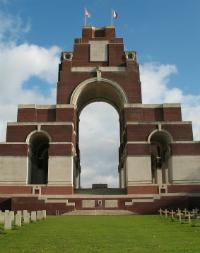
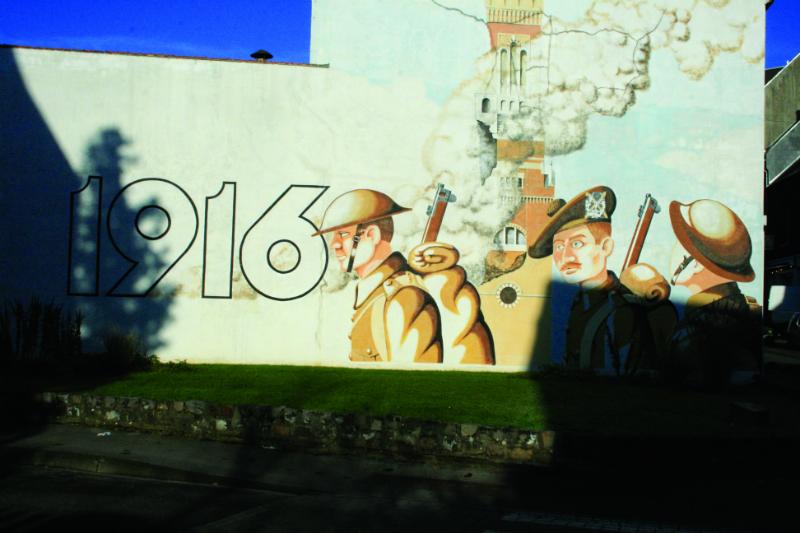
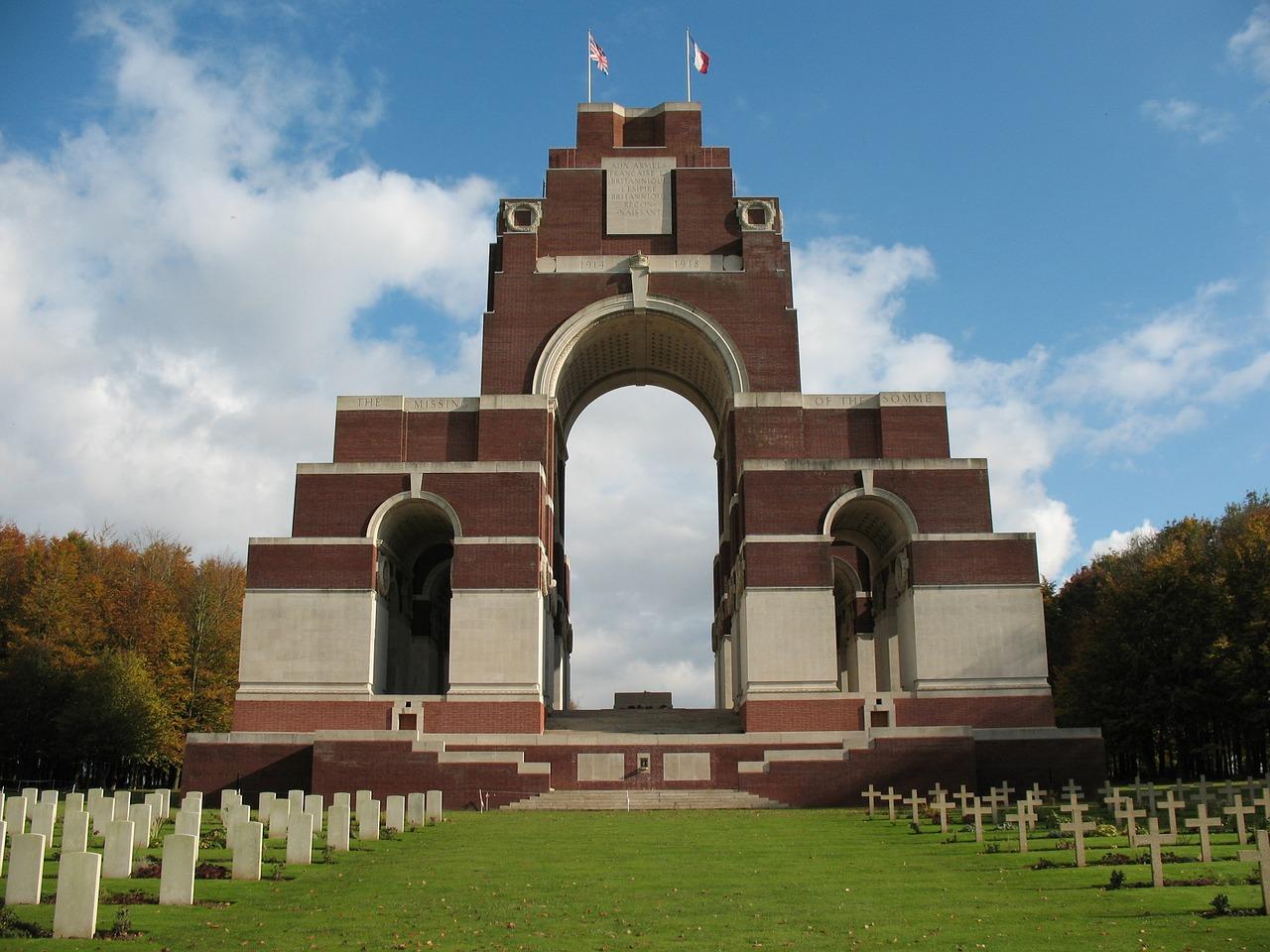

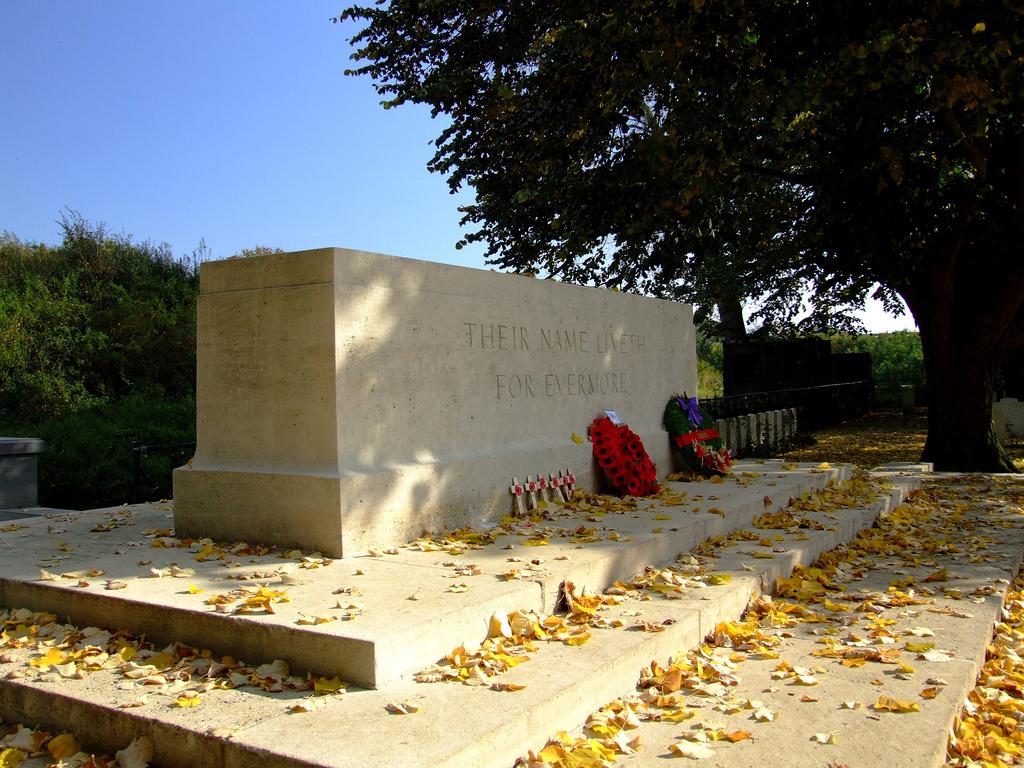


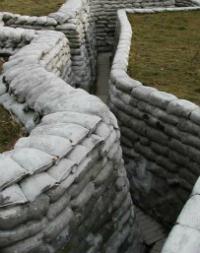
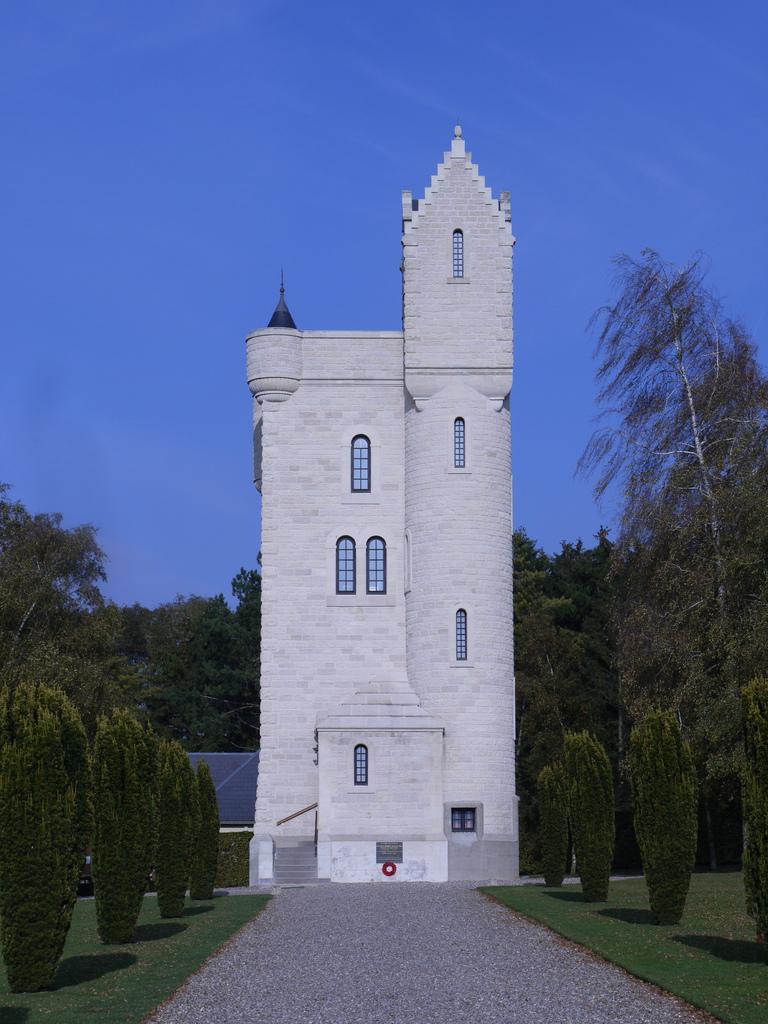
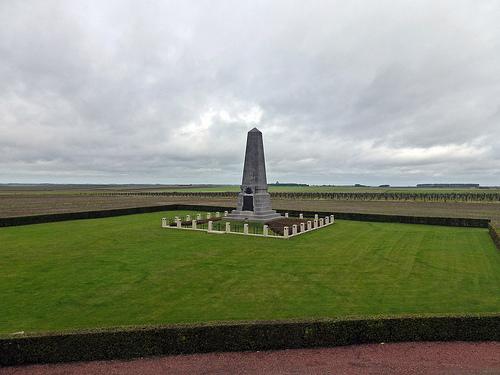
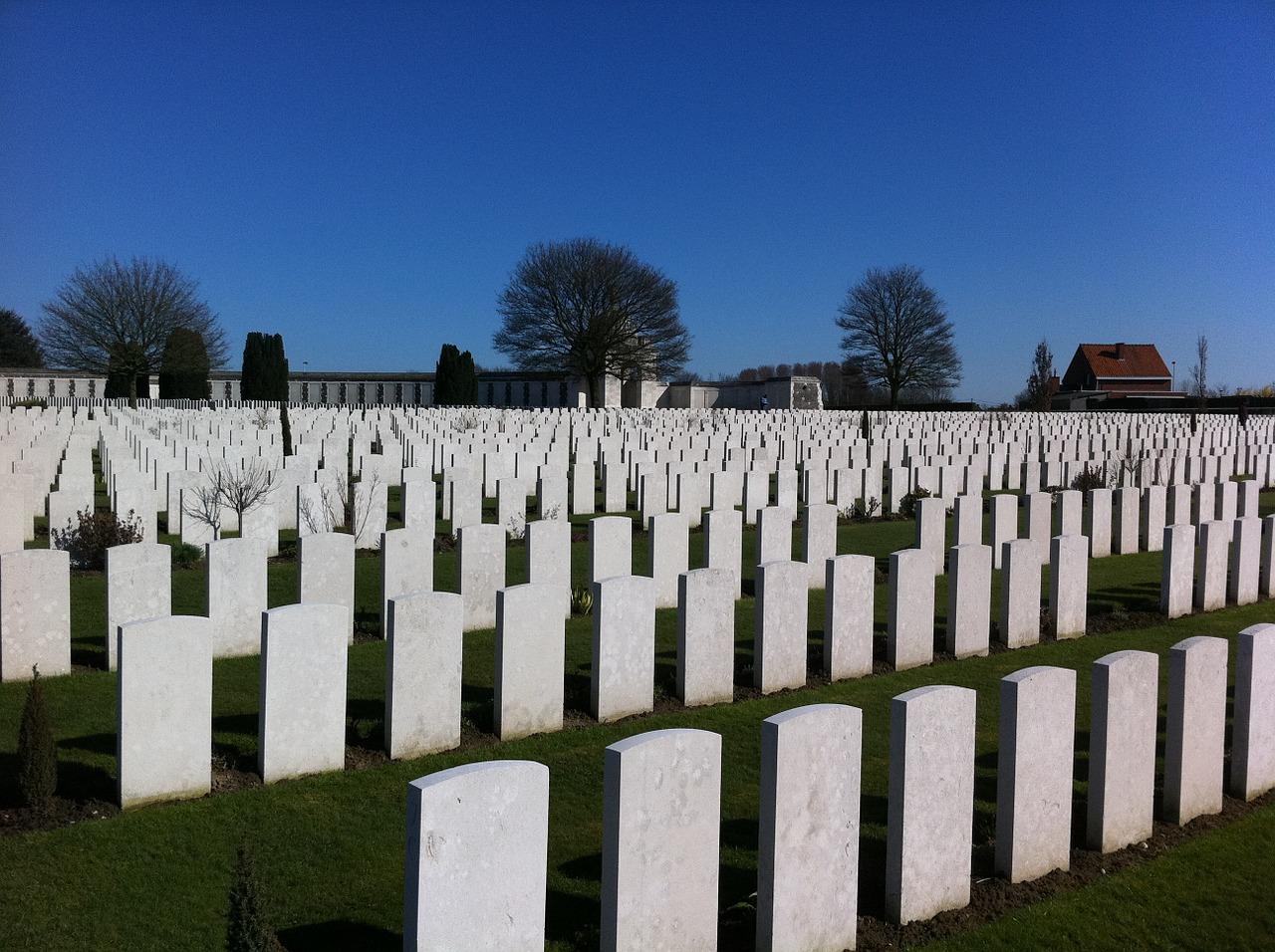

Typical accommodation
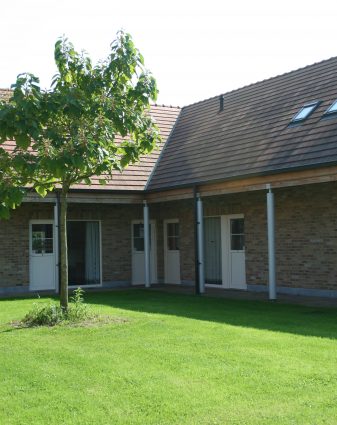
Why university and college groups like it:
Facilities:


